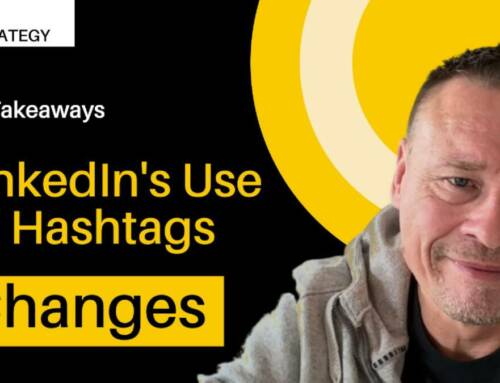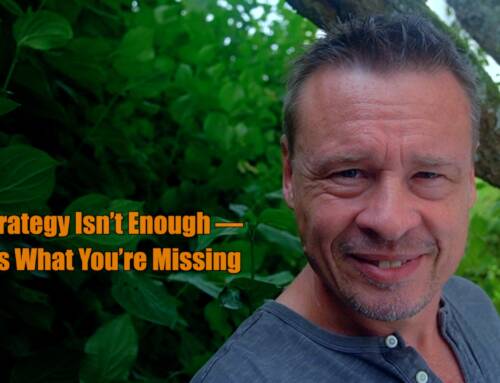Development cooperation could gain so much from communicating more openly about its processes
Development cooperation and its information policies are created by political will with the intention to serve a common good.
Think of immunology. Due to COVID, we all have heard of the way that virality works. The spreading of a virus and that of information follows the same patterns. Speaking about a social media post going viral is quite appropriate.
Development cooperation organizations should be open information systems, systems in which not only technical data, favorable outcomes and some very carefully handpicked failures are shared.
Providing information on ongoing processes would be central
Development cooperation is all about process after all.
Actually, it is much more about process than about outcome. Yet, information on ongoing internal processes is hardly ever shared.
The only information you can come by in that regard is on progress made toward achieving one’s goals. Which is good, but the so-called midterm reviews don’t look inside the organisational system, the state of their processes. It would mean exposing oneself, being vulnerable.
The public might see grave inconsistencies, badly managed workflows, picking of inappropriate tools to work on set targets, even some senior advisors who turn out to be allergic to advice given to them. All these issues might occasionally come to the fore. Obviously, that’s just how it goes everywhere.
However, this seems to be the widely accepted reason for development organisations to operate in the same fashion as multinational corporations who are known to work hard on shielding themselves from outside views.
So the key question is:
Is it a good idea to be so protective, just because you can?
At first glance definitely. There are risks associated with exposing your insides. The question should therefore be whether the institutions should actually want this and what could be the impact on them in the longer term.
I see it like this: Views into your insides are actually not a risk you want to minimize, it is an opportunity you want to make use of.
Let’s have look, continuing to use our virus analogy. By opening up, you’ll inevitably invite some infection into your system. There will be damage and that is tough.
But just like with the human body, it will result in coaptation and this is the very thing that any system needs to survive. These are triggers for fundamental change to take place, for immunization and additional future resilience.
“If the human body were a closed system, we would not breathe. We would not eat. We would not poop. We would not do any of those things that are required to transform the stuff that we ingest into more meaningful sustenance — nutrition,” said Chris Messina recently on Guy Kawaski’s podcast Remarkable People, which inspired this post.
Messina is a renowned tech pioneer and the inventor of the hashtag.
For Messina brands that are using existing hashtags for their public relations activity are ingesting them — and this was a good thing. Because the hashtags, being a special kind of information from the outside, were going through the intestine of a corporation and at some point would be excreted.
Since there was no central registry or domain name server for hashtags on the internet, they could not be controlled by a single user. The hashtags retained their cultural cachet as a result of their utility in cultural conversations, Messina said.
The brands using known hashtags, opened their information ecosystem to another, larger one, which made companies vulnerable and ultimately allowed for them to learn from what happened to their information then.
“In the moment that a commercial entity — some sort of virus — comes in and tries to take over a hashtag, hopefully it’s over. Or will be transformed or changed, or in the many cases where McDonald’s and others have screwed up and they’ve ended up with the brunt of a joke, they learned very quickly that this is a system that they have to be much more nuanced about,” says Messina.
They learned that they have to actually show up and participate as opposed to just blaster messages in this shotgun-style: let me shoot you in the face with our marketing messages that no one wants to hear!
Organisations striving to be leaders in a sector have to work on their vulnerability
Vulnerability is generally not considered a valuable leadership trait. It’s not a revelation to say that it is viewed as a liability.
Project leads are usually not encouraged to show weak points of their teams’ work. But if implementing agencies and even ministries started to acknowledge vulnerability as a leadership trait and shifted their mindsets to allow for coaptation, more fundamental institutional learning for better processes could emerge.
Photo by Jan Baborak on Unsplash






Leave A Comment